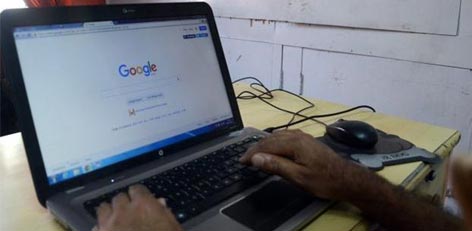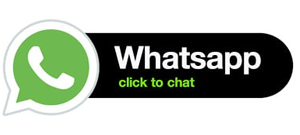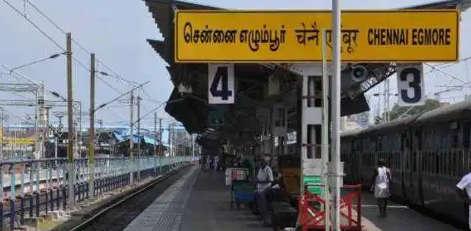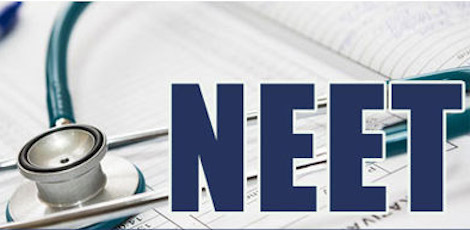No. of views : (2010)
Is internet wisely used during crisis?
Posted on: 19/Dec/2015 11:34:01 AM

The recent floods in Chennai have made us be thoughtful about the efficacy of internet with regards to disaster management. Particularly, it reminds of the Ushahidi platform. There is nothing of this kind present in India.
Ushahidi means testimony in Swahili. This was built in 2008 during the period of violence that followed Kenyan elections. As a move to create a network for mapping incidents across the country, Ory Okolloh, a blogger made a tweet seeking help. Two days from the day the she tweeted, there was a rudimentary platform that got rolled out. Ever since it came into use, the platform has been in effective usage to help during disaster and crisis management across the globe. Australia, Palestine, Syria and Chile are places where it is currently in use.
This is available as an open-source software which means it can be downloaded by anyone and set their unique version of the platform with no charge at all. The platform compiles and maps the reports through SMS, email, Twitter, and through direct website. SMS and emails are sent.
It was during Haiti earthquake that the platform got famous with its usage. Over 3 million people were affected by the devastating effects of the earthquake. This caused over 1,00,000 deaths. The incidents were mapped by Ushahidi volunteers in just a few hours of the earthquake. They had set up free SMS numbers in two days of the incident. This involved thousands of volunteers to coordinate, geo locate and prioritize each and every message received in the platform. They shared information on emergency needs with the international relief organization, aiming to get quick relief actions. In addition to centralizing and coordinating the crowd-sourced data, the platform also helped save thousands of lives directly.
Coming on to the case in Chennai, there were a few home-grown crowd-sourced projects to help map flooding in Chennai. Techies in Chennai built gathered close to 8000 reports and developed flooded streets map. A crowd-sourced Google map was created by Wire website. A portal was exclusively launched by chennairains.org. This contained reports about each and every area along with links for assistance and donation.
A free SMS service was launched by the Karnataka Urban Water Supply and Drainage Board on 4th December. The prefix WATER had to be mentioned in any message sent using their service. This should be followed by onerous list of instructions for submitting any report. What if these instructions were not understood by people that led to uncertainty in sending emergency messages?
The internet technology is certainly used to a great extent for staying connected with people during such crisis times. This made all relief works targeted and effective. However, there was no centralized effort in collating the available data into a single usable platform.
Responders need a single destination where they can get access to accurate information. This will enable them serve effectively. Considering the fact that there have been at least one such disaster every year, creating a multilingual, open-source, easy to use, universally accessible, disaster reporting managing platform is still long pending in India.
Post your requirement - We will connect with the right vendor or service provider








